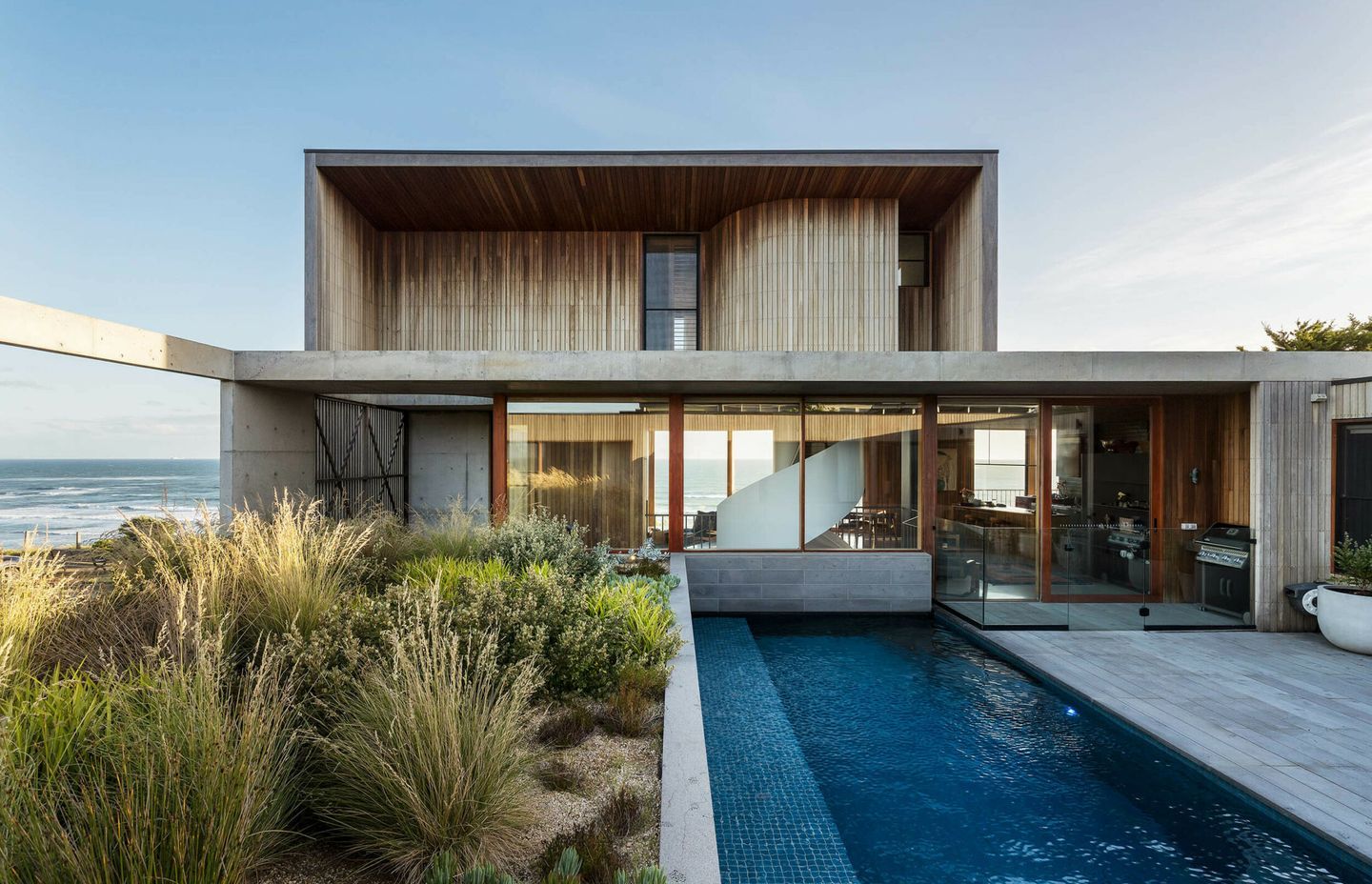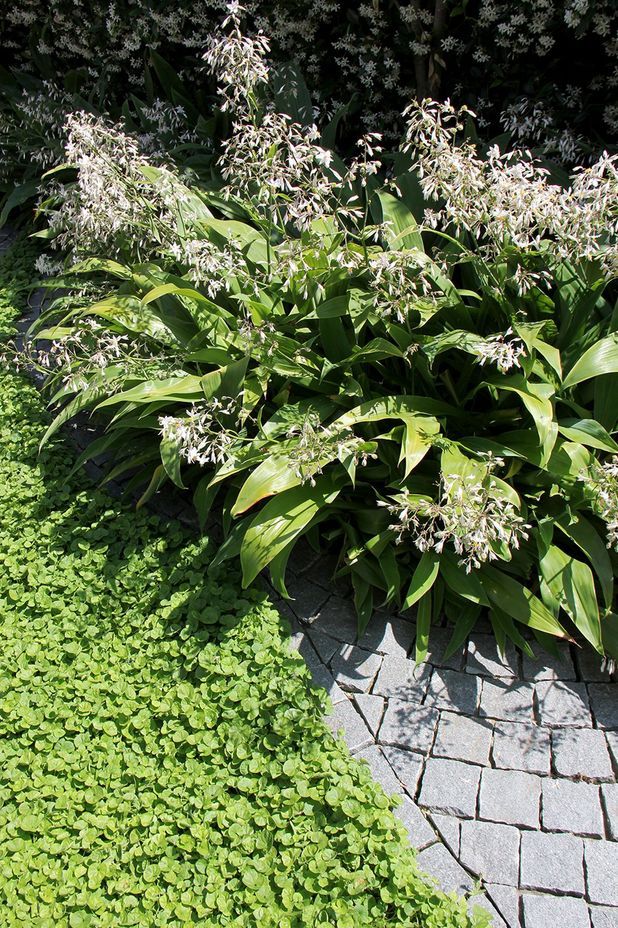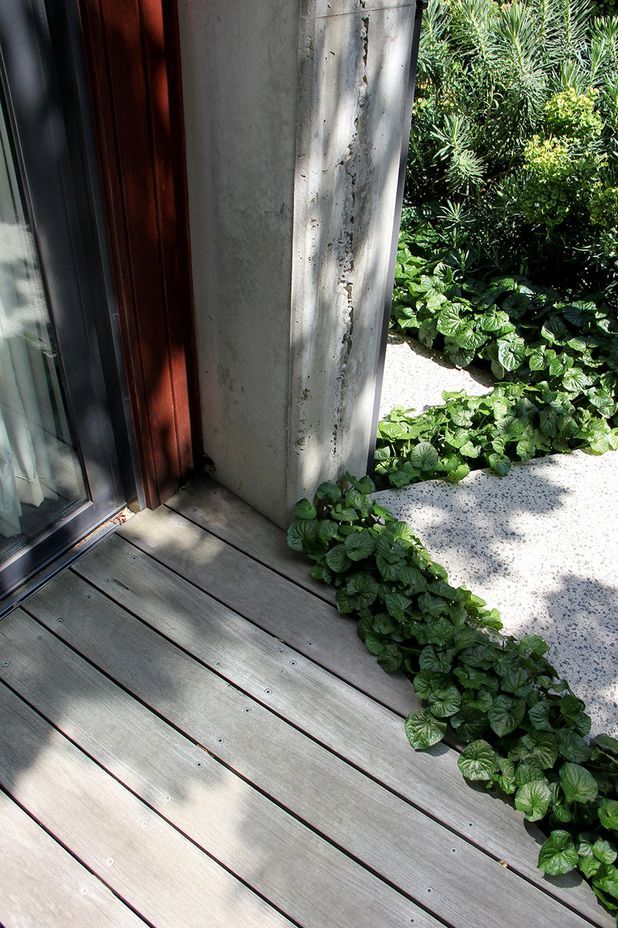10 of the best groundcovers for Australian backyards and gardens
Written by
27 September 2022
•
4 min read

A panacea for difficult patches of soil, groundcovers prevent weeds from sprouting and work to transform an otherwise barren section of your backyard or garden into a funfair of colour and even scent. During the warmer months, exposed soil is susceptible to drying out and creating issues for other structured plants and can also erode easily in windy conditions.
Although gravel, mulch, shredded pine and bark are covering options, groundcovers have additional benefits. Groundcover plants help insulate soil in extreme temperatures and serve as a habitat for insect life. Plus, they have more aesthetic appeal than mulch, injecting vibrancy into gardens and backyards.
Groundcover plants sit close to the soil and tend to grow along the ground rather than vertically towards the sun. As a general rule, they’re hardier and more durable than their vertical counterparts, requiring little to no maintenance to grow. With a wide variety of groundcover plants available, there’s something for every landscaping taste, from wild and untamed gardens to structured and manicured lawns. Read on to discover the best groundcover plants for your garden.
Mondo grass (Ophiopogon japonicus)
Also known as monkey grass, mondo grass is an evergreen clump-forming perennial that tolerates sun, shade and drought well. Dwarf mondo grass grows to a height of around 30cm and over time will spread to cover large areas. Its versatile nature lends it to use both as an edging plant and between pavers.
Creeping thyme (Thymus serpyllum)
While not quite as flavourful as the commonly grown thyme variety, creeping thyme serves double duty as a groundcover and a cooking herb. A sun-loving plant, creeping thyme produces small, verdant leaves that boast a delightfully fresh fragrance. Its delicate appearance lends it to use between pavers in structured gardens while its hardy nature means it requires very little maintenance and watering. It can even be used in cooking – just ensure you wash it well prior to any culinary adventures!
Blue bugle (Ajuga genevensis)
A shade-loving plant, blue bugle is defined by its flat deep green rosette leaves which sprout tall stems of blue flowers in spring and summer. Well suited to warm and cool climates, blue bugle is best grown in the shade, either near an external wall or under deciduous trees. Once well established, it forms a dense mat, making it useful for binding soil and preventing it from drying out.
Star jasmine (Trachelospermum jasminoides)
A fast-growing woody vine, star jasmine has origins as a creeper, but is now being grown as a groundcover. It grows best in the sun but is also able to tolerate a degree of shade. It looks attractive all year round, with its star-shaped white flowers complemented by small evergreen leaves.
Round baby pigface (Disphyma crassifolium)
Don’t be put off by the name, round baby pigface is both attractive and low maintenance. A flowering succulent, it tolerates salt, frost and drought well and produces pink daisy-esque flowers. As a succulent, it’s ideal for use in dry, sunny or rocky areas.
Australian violet (Viola hederacea)
A neat groundcover with attractive mauve and white flowers, Australian violet enjoys cool weather and shade, making it an apt choice for planting next to garages or down the side of a house.
Spanish shawl (Heterocentron elegans)
Roll out the pink carpet. A groundcover for those who like to think pink, Spanish shawl forms a low, dense carpet and spreads rapidly in warm climates. The fuschia plant grows well in full or partial sun, letting it take centre stage in your backyard or garden.
Blue star creeper (Pratia pedunculata)
A perfect fit for manicured or structured gardens, Blue star creeper forms a carpet of blue and white starflowers during the warmer months. A fast-growing plant, Blue star creeper works well as a border, in between pathways, or lining a garden pond. It requires partial shade and prefers moist conditions; during dry spells, it needs to be watered regularly.
Lamb’s ear (Stachys byzantina)
Beautiful yet low maintenance, Lamb’s ear is one of the hardiest plants to care for. The perennial is identified by its velvety silver leaves and grows into a dense mat which makes it suitable for preventing soil dry-out. Lamb’s ear grows well in most conditions – including drought – and prefers full sun but will tolerate partial shade.
Yellow buttons (Chrysocephalum apiculatum)
Perfect for adding colour to your garden, yellow buttons thrive in the sun but can withstand most conditions. A native plant, yellow buttons are named for their distinctive spherical yellow flowers, which sit atop hardy silvery-green stems. In addition to their use as a groundcover, yellow buttons also work well in rockeries.
Start your landscaping journey by finding a trusted landscape designer on ArchiPro.



